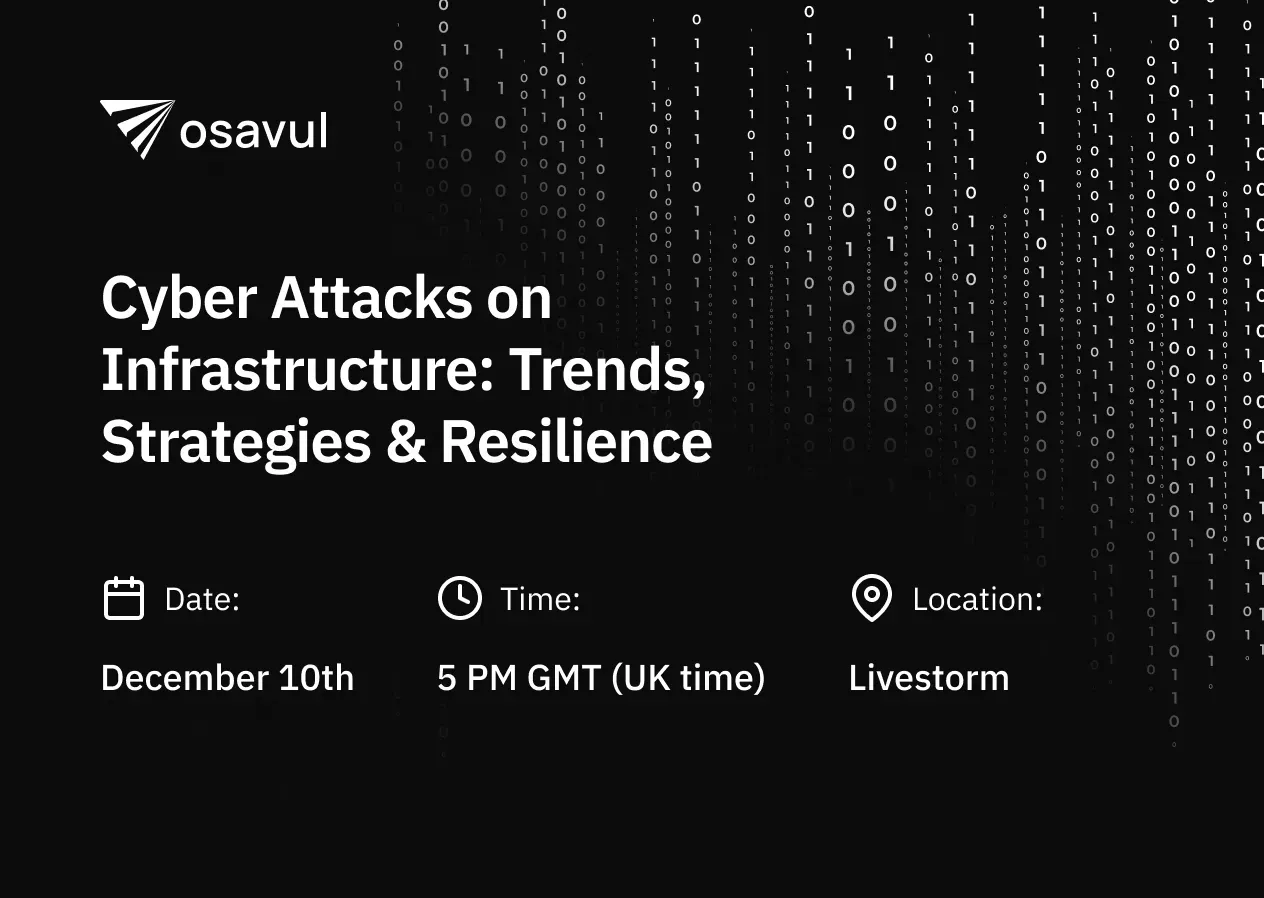A bot is an automated function within a software application designed to undertake specific actions without a prompt from a human. As you can likely deduce by the term, “bot detection,” it’s the simple act of determining whether a user is interacting with a human being or a bot, such as a widget or some type of automated program. Bots can be harmless, such as when working to index content on a search engine.
On the other hand, they can also be quite malicious, such as when a bot is used to carry out a cyber attack or target people with spam. You might have encountered a bot detection algorithm on social media or when making an online purchase.
There are several ways to identify bots, including simple functions that humans can easily solve, but that robots cannot, which is often referred to as CAPTCHA. Other bot detection techniques include behavioral analysis, IP address analysis, user-agent analysis, machine learning, rate limiting, honeypots, and browser fingerprinting. We’ll learn more about these as we continue looking at “what is bot detection”.
Detecting bots is important because it ensures that online platforms maintain their integrity and security, making them safe for users by reducing the risk of fraud, data theft, and interruptions to programs and software.

Bot Detection Techniques and Media Monitoring
While detecting bots and media monitoring are linked and work together, they also overlap in the digital world, including for online security and content analysis. Read below for a brief description of both.
Methods of Identifying Bots
These techniques are often used to separate bots from humans, which is vital for online security, as it reduces the risk of fraud and scams, as well as optimizing content analysis:
- CAPTCHA - makes the distinction between humans and bots via simple tasks that humans can solve, but bots cannot.
- Behavioral analysis - making use of user behavior, such as moving the computer mouse, patterns in navigation activity and typing speed to differentiate between humans and bots.
- IP address analysis - monitoring the activity at specific IP addresses to detect malicious bot activity.
- User-agent analysis - evaluating the strings created by user-agent interactions to look for evidence of bot activity or bot signatures.
- Machine learning - looking for anomalies, clustering and classification using machine learning algorithms that can identify patterns that indicate bot activity, sort of like a bot scanner.
- Rate limiting - this system limits the attempts a user can make with a given time period, which prevents automation from taking over the system.
- Honeypots - detect when hidden fields that can only be seen by bots are filled out or accessed.
- Browser fingerprinting - analyzing a browser’s configuration, using specific attributes to create a unique fingerprint, which works to detect requests from automated bots.
Media Monitoring
While humans can carry out media monitoring, it’s often done by bots instead. It involves tracking and analyzing online media, including news articles, social media, online forums and transcripts from a variety of broadcast media. Common ways to do this include the following:
- Brand reputation management - watching for mentions of a certain brand so businesses can optimize their PR attempts and evaluate the perception of the brand across media channels.
- Competition evaluation - looking at media coverage for staying on top of the competition, as well as finding places to grow and innovate.
- Crisis management - using media channels, detection of misinformation, rumors, fake news, and negative sentiments so that action can be taken to mitigate the consequences.
- Market intelligence - monitoring trends, developments and customer preferences to stay on top of the competition.
- Public relations - measuring the success or lack of success when it comes to marketing campaigns, brand visibility and reputation.
Both media monitoring and bot identification play a role in keeping online platforms secure, while also building a knowledge base and awareness of development in the online media realm.

Components of Bot Detection Systems
The basics of a system for detecting bots are the components that detect and control bot activity. Components vary among systems, but some of the most common are listed below:
- Data collection module - as the name implies, this system collects data from various sources as it applies to detecting bots. That might be IP addresses, time stamps, and cookies and may be collected by third parties, web servers and network traffic.
- Preprocessing module - this module acts as the “cleaner” for collected data by preparing it for analysis. That might involve standardization, extracting bot-relevant features and getting rid of noise for more accurate and efficient data analysis.
- Feature extraction module - as mentioned above, extraction before processing can be done and is helpful because it helps make the distinction between humans and bots.
This can be done in several ways, including patterns of navigation, time spent on a given session, mouse movements, browser fingerprints, and characteristics of specific requests.
- Machine learning models - these models are trained to detect human versus bot activity and behavior, making them useful for making the differentiation between the two. Making this classification is done using algorithms, neural networks, decision trees and support vector machines. In the unsupervised realm, this is done via anomaly detection and clustering.
- Rule-based filters - used to flag suspicious activity, these filters follow pre-set rules that allow them to monitor and detect excessive requests, repetition, known bot behaviors, and specific IP addresses.
- Feedback mechanism - this system updates bot identification, using feedback provided from the real world. It does so by adding new data to the system, retaining models that still work, tuning up the filters, and adjusting detection thresholds for better security.
- Working with the security system - often, a bot detection system is enmeshed with security features, including firewalls and information management systems.
This helps block suspicious IP addresses, reroutes suspicious online traffic, and limits the risk of bot attacks. The right combination of these detection components helps limit bot activity, both simple and more complex. It does so on a variety of media channels, websites and digital platforms.
Tackling Bot Traffic
There are several traffic issues with bot activity, and there are several good reasons to engage in detection systems.
- Bot Traffic Issues Consuming resources
- Taking over accounts Scraping content
- Spam Fraud
- Other malicious intentions
Benefits of Bot Traffic Detection:
- User protection
- Preventing theft of content
- Boosting securityOptimizing resources
- Compliance with regulations and rules
Bot traffic mitigation techniques are important for protecting the user experience and building trust and reliability within the digital ecosystem.
Advancements in Bot Detection Algorithms
As bot activity evolves, so too do the algorithms that are needed to detect that activity. That means, over time, this has gotten more advanced, including in the following ways:
- Enhanced machine learning - supervised, semi-supervised and unsupervised techniques included.
- Deep learning - detects more complex bot behavior using a variety of neural networks.
- Behavioral biometrics - more complex analysis of user behavior.
- Graph analysis - used on social media platforms to identify clusters.
- Ensemble methods - boosting, bagging and stacking to pull out what’s relevant and leave behind what isn’t.
- Adversarial learning - designed to detect and evade increasingly sophisticated bot activity.
Conclusion
Bot identification is important for media monitoring because it imparts credibility and reliability when it comes to monitoring activity and reducing the impact of bots across platforms and websites. As advancements continue to be made, the future of bot detection promises to increase awareness of bot threats, as well as deter them, creating a safer and more secure environment when it comes to online media.










